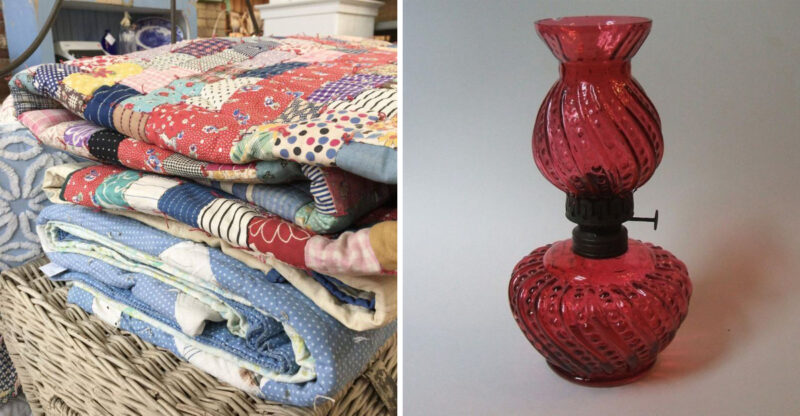10 Collectibles Losing Value In 2025 (And 6 More That Are Dropping Even Faster)
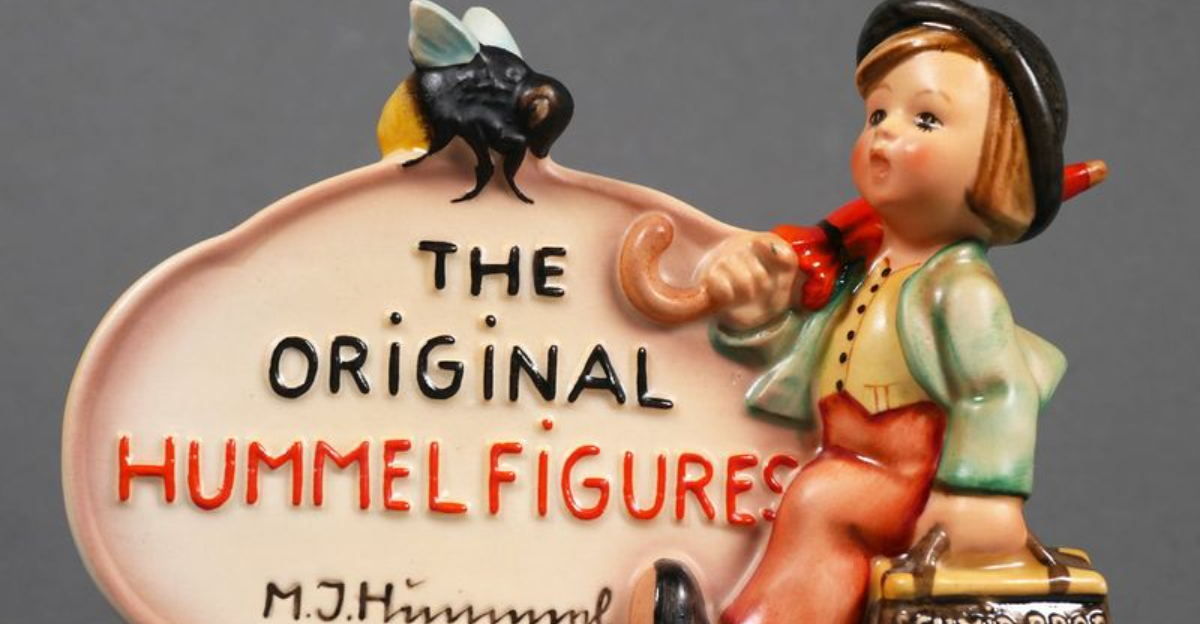
There was a time when dusty shelves filled with collectibles felt like future goldmines. But sentiment doesn’t always match market reality. As tastes shift and oversupply catches up with demand, many once-coveted items are quietly crashing in value.
What used to spark bidding wars is now struggling to sell at all.
If you’re holding onto keepsakes with investment hopes, it might be time to take a hard look – some of those “treasures” are turning into cautionary tales.
1. Beanie Babies
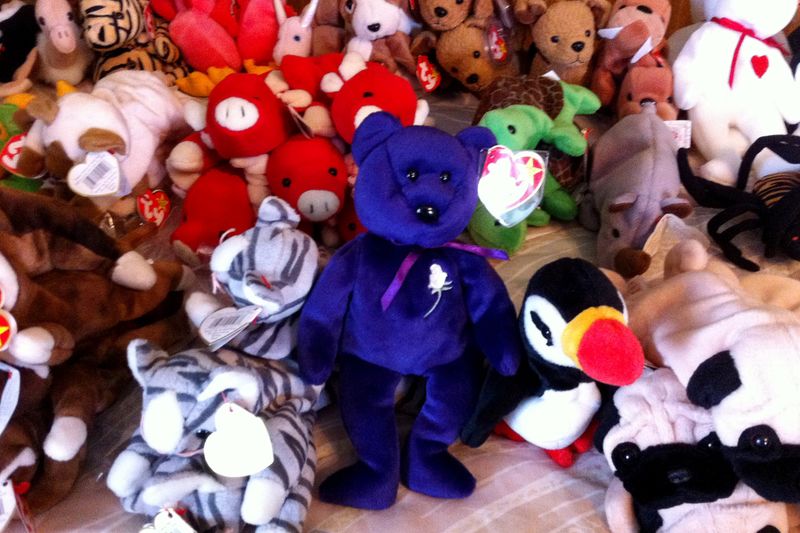
Those adorable plush toys that sparked bidding wars in the 1990s continue their steady decline. Many collectors who hoarded these bean-filled animals hoping for college tuition returns now face the harsh reality.
Most Beanie Babies fetch just a few dollars today, with even “rare” versions selling for a fraction of their peak prices. Only a handful with manufacturing errors maintain any significant value.
2. Vintage Comic Books (Non-Key Issues)
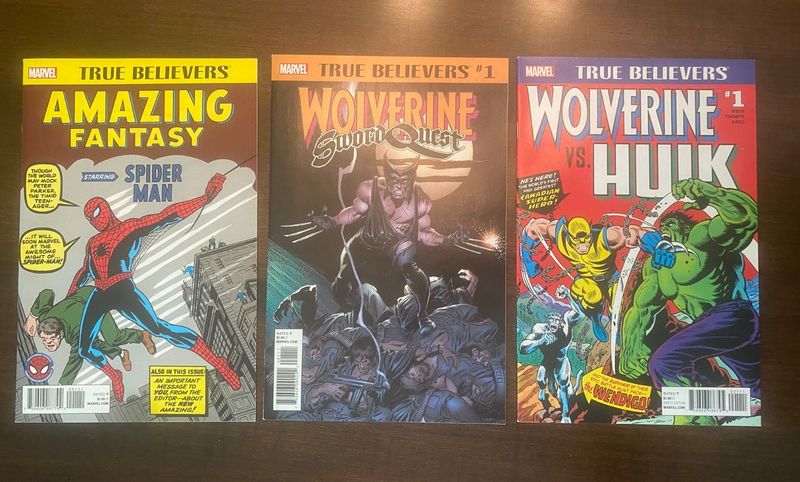
While key issues featuring first appearances or major events still command premium prices, regular vintage comics are losing their luster. Market saturation and digital alternatives have weakened demand for common issues.
Condition matters tremendously, with even minor damage drastically reducing value. Collectors are becoming increasingly selective, focusing exclusively on milestone issues rather than complete runs.
3. Longaberger Baskets
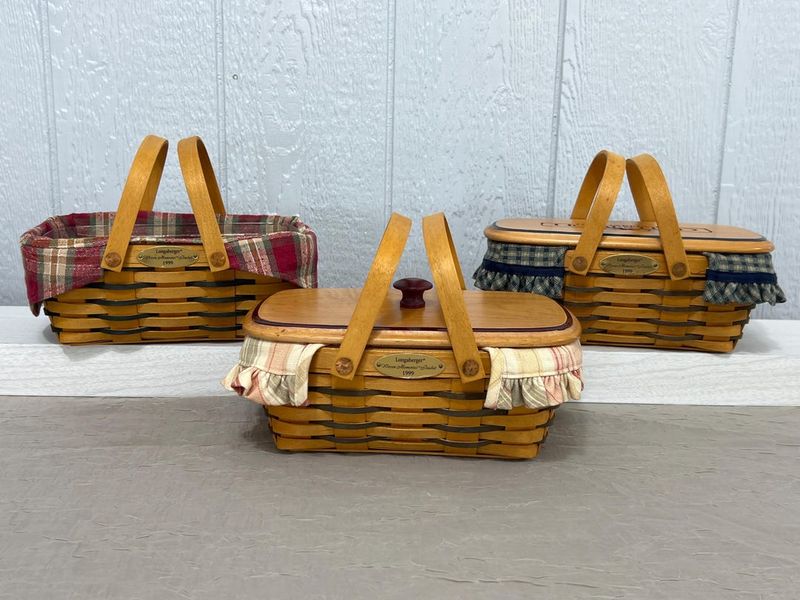
Handcrafted maple wood baskets that once commanded waiting lists and premium prices have fallen dramatically from favor. The company’s bankruptcy in 2018 accelerated the decline of secondary market values.
Even rare editions and holiday-themed baskets fetch a fraction of their original prices. Collectors who invested thousands now find their basket collections worth pennies on the dollar, with limited prospects for recovery.
4. Collector Plates
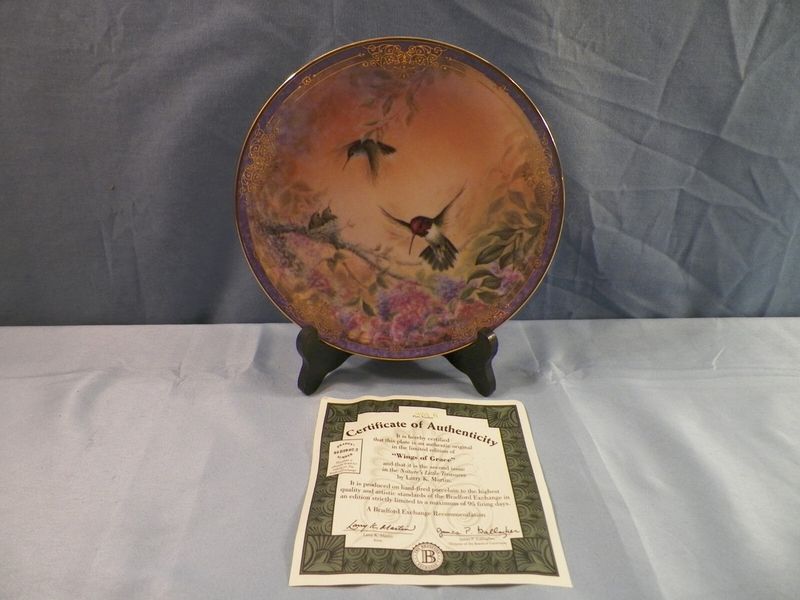
Those limited-edition decorative plates featuring everything from Norman Rockwell scenes to wildlife portraits have crashed in value. Originally marketed as investments, most now sell for less than the price of a fast-food meal.
Bradford Exchange and Franklin Mint plates, once advertised in magazines as heirlooms, struggle to find buyers at any price. Changing home décor trends have relegated these plates from display pieces to thrift store bargain bins.
5. Franklin Mint Items
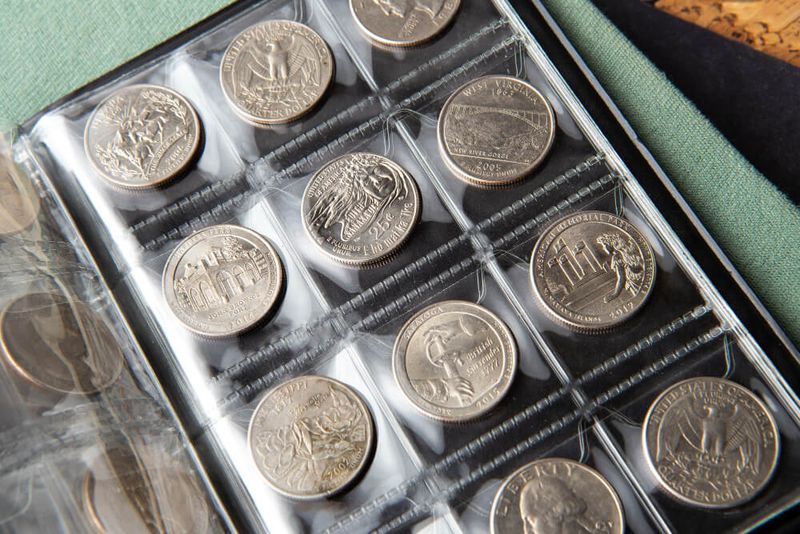
Despite their impressive presentation and certificates of authenticity, Franklin Mint collectibles continue their market freefall. From commemorative coins to die-cast models, these items rarely command more than their material value.
Silver content pieces sometimes retain minimal worth based solely on metal prices. The elaborate packaging and limited edition numbering that once justified premium prices now do little to entice buyers in an increasingly minimalist collecting landscape.
6. Sports Cards From The 1980s And 1990s
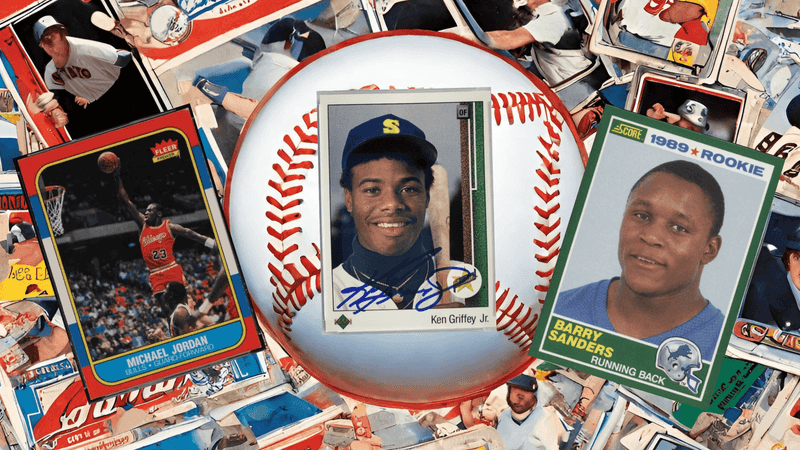
Card manufacturers flooded the market during this era, producing billions of cards that collectors mistakenly believed would appreciate. Reality has proven harsh for these mass-produced treasures.
Most common cards from this period sell in bulk lots for pennies each. Even rookie cards of hall-of-famers from these decades struggle to maintain value, with only perfect-condition, professionally-graded examples bucking the downward trend.
7. Limited-Edition Barbies
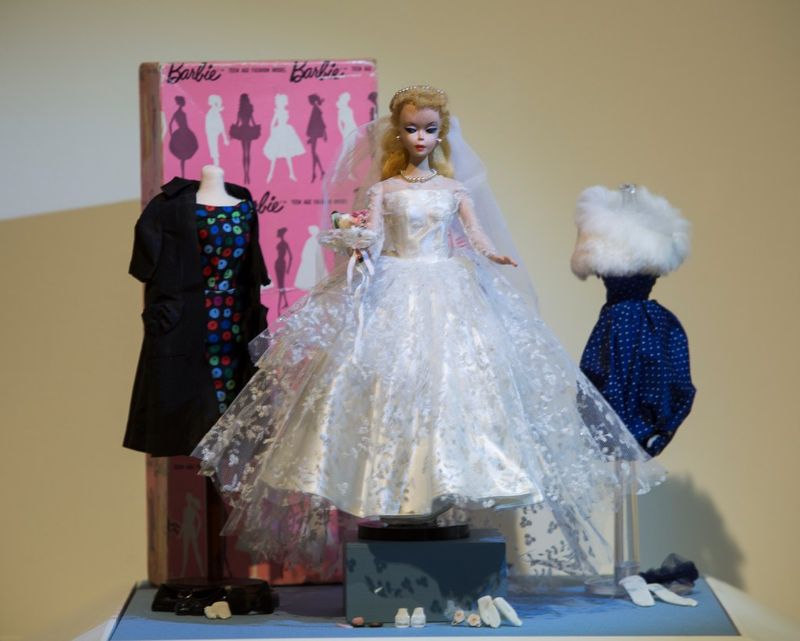
Special release Barbies marketed as collectibles have seen their values plummet as collector interest wanes. Holiday editions and commemorative dolls that once commanded hundreds now often sell for less than their original retail prices.
Only the earliest Barbie dolls from the late 1950s and early 1960s maintain significant value. The thousands of “limited editions” produced since the 1990s face a glutted market with too many sellers and too few buyers.
8. Hummel Figurines
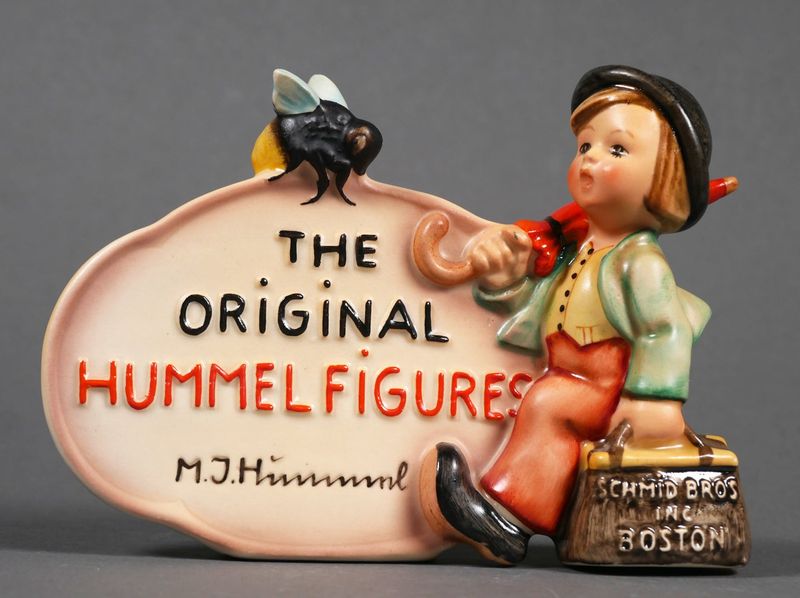
Once proudly displayed in curio cabinets across America, these German porcelain figurines face a steep downward trajectory. Younger generations show little interest in these quaint collectibles, causing prices to tumble.
Auction houses report Hummel figurines selling for 80% less than a decade ago. Even limited editions and early pieces struggle to find buyers at prices that would have seemed insulting to collectors years ago.
9. Mass-Produced Pop Culture Memorabilia

Movie tie-ins, action figures, and promotional items from popular franchises face significant devaluation. Manufacturers have saturated the market with virtually identical items for decades, diluting collectibility.
Star Wars, Marvel, and similar franchise merchandise produced after the 1990s rarely appreciates. Collectors increasingly focus on vintage or screen-used items while modern mass-market pieces gather dust, their values declining with each new movie release and merchandise wave.
10. VHS Tapes (Non-Rare Titles)
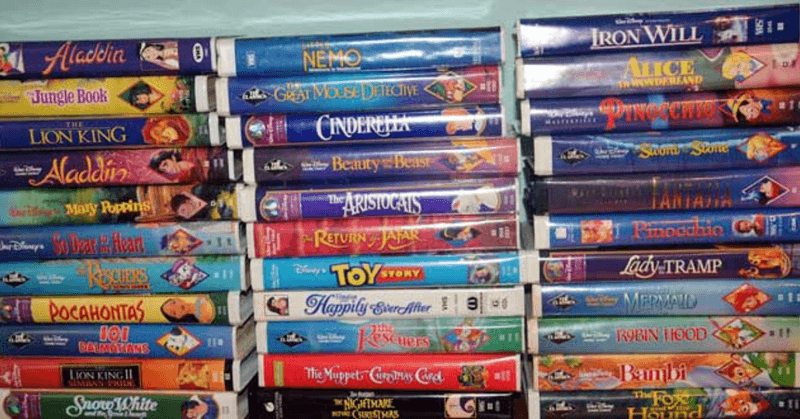
Common VHS movies that filled video store shelves have virtually no monetary value today. Technological obsolescence and storage concerns have relegated most tapes to landfill status rather than collector items.
Even sealed copies of blockbuster films typically sell for less than a dollar. The exceptions remain obscure horror titles, unreleased versions, or movies never transferred to modern formats – but these represent a tiny fraction of the VHS universe.
11. NFT Art And Digital Collectibles

The spectacular crash of NFT values continues unabated, with average prices plummeting over 95% from 2021 peaks. Digital assets once purchased for millions now struggle to sell for thousands or even hundreds.
Celebrity-endorsed NFTs have performed particularly poorly. The combination of environmental concerns, technical complexities, and fading novelty has left many digital collectors with virtually worthless tokens pointing to easily-copied digital files.
12. Modern Funko Pop! Figures
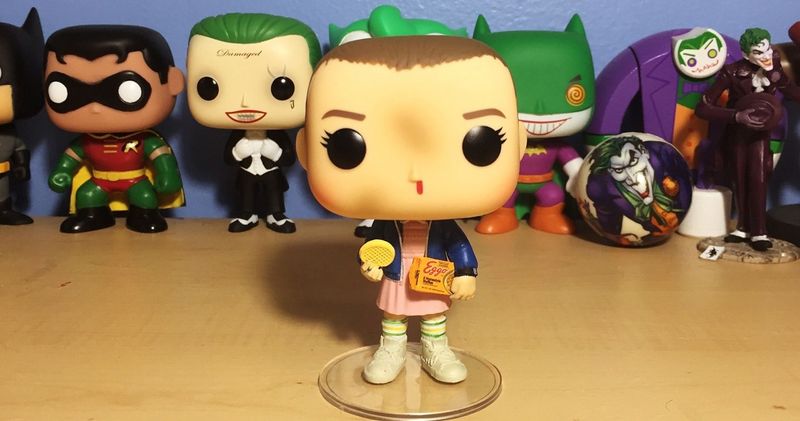
These cartoonish vinyl figures exploded in popularity, but the market is now flooded with thousands of varieties. Most modern releases immediately lose value after initial purchase, contrary to early collector expectations.
Retail exclusives and limited editions that once drove feeding frenzies now sit unsold. Only the earliest and rarest figures from before 2016 maintain significant premiums, while common figures often sell below original retail prices at secondary markets.
13. Celebrity-Endorsed Merchandise
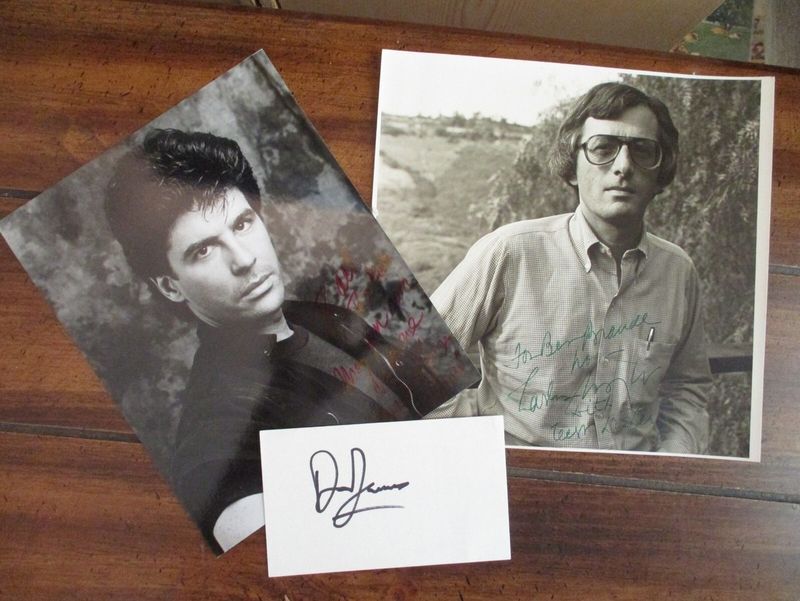
Items bearing signatures or endorsements from today’s celebrities are depreciating rapidly as fame becomes increasingly fleeting. Social media influencer merchandise performs particularly poorly in the resale market.
Signed items face additional challenges with authentication concerns. Even legitimate celebrity merchandise typically sells for a fraction of its original price once the initial hype fades, making these among the fastest-depreciating collectibles in today’s market.
14. Replica Movie Props
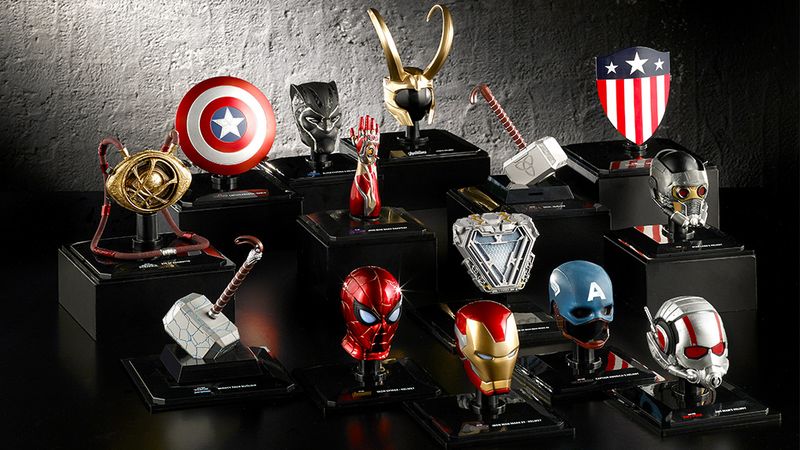
Factory-produced replicas of famous movie props have saturated the market, causing values to crater. Licensed reproductions of lightsabers, magical wands, and superhero gear rarely maintain their retail prices.
Quality issues plague many mass-market replicas. Collectors increasingly save for screen-used or production-made props instead, viewing commercial replicas as mere toys. Limited editions fare slightly better but still face significant depreciation in today’s market.
15. Factory-Sealed DVDs And CDs

Streaming services have devastated the value of physical media collections. Sealed DVDs and CDs that collectors once hoarded as investments now routinely sell for less than a streaming subscription month.
Even special editions with exclusive content struggle in today’s market. The convenience of digital access combined with declining physical media players in homes has relegated most sealed discs to curiosity status rather than valuable collectibles.
16. Mass-Market Board Games In Shrink Wrap
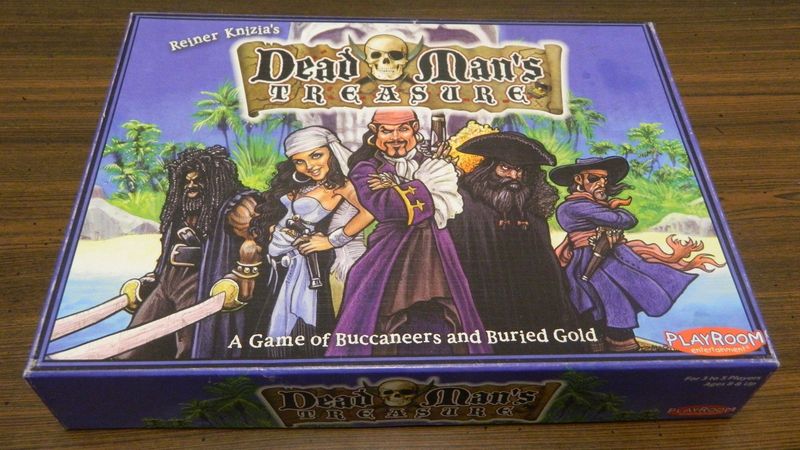
Factory-sealed modern board games rarely appreciate despite collector hopes. Mass production and frequent reprinting eliminate scarcity, the key driver of collectible value.
Even limited editions typically depreciate once the initial FOMO subsides. The explosion of board game cafés and digital adaptations has further reduced the premium once commanded by sealed games. Only truly rare titles or games from defunct publishers maintain investment potential.




